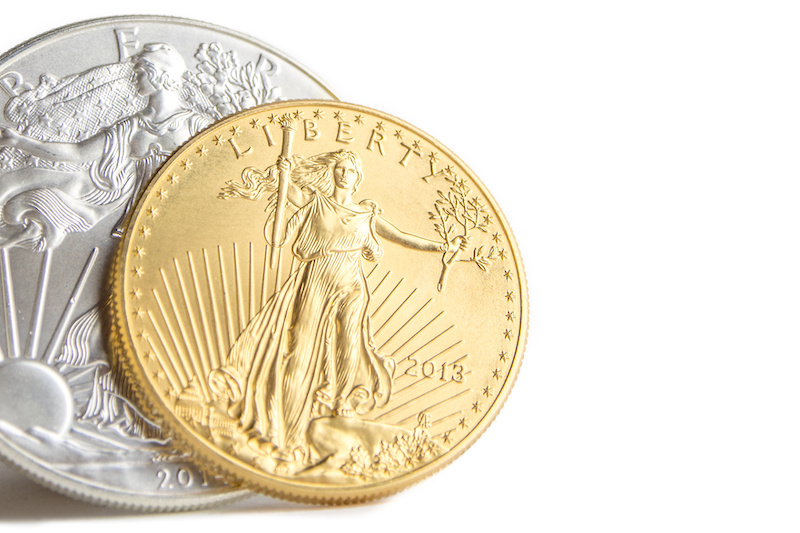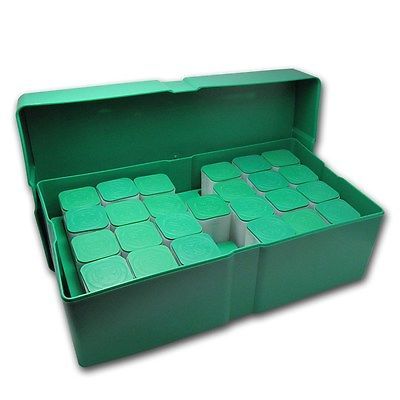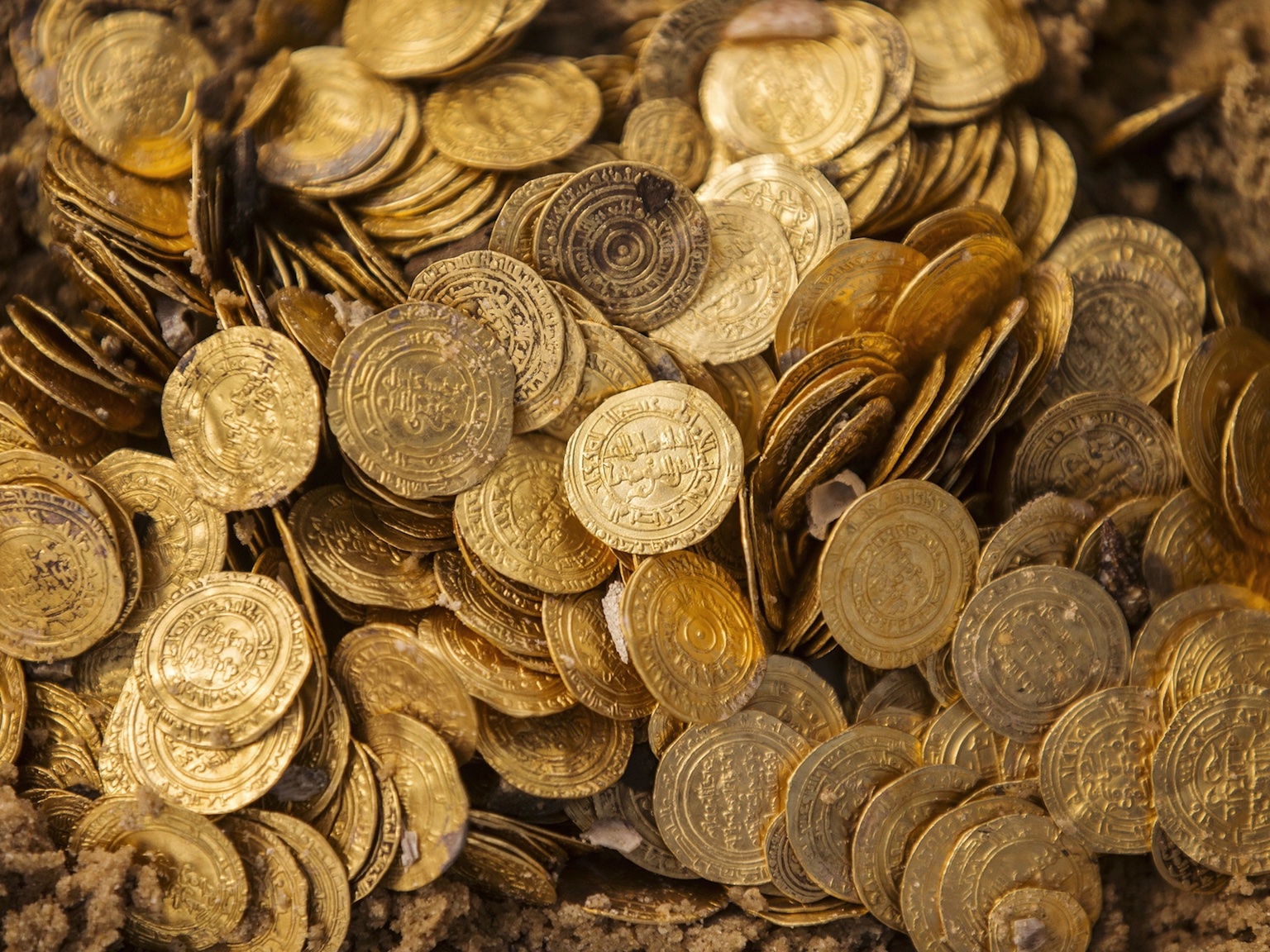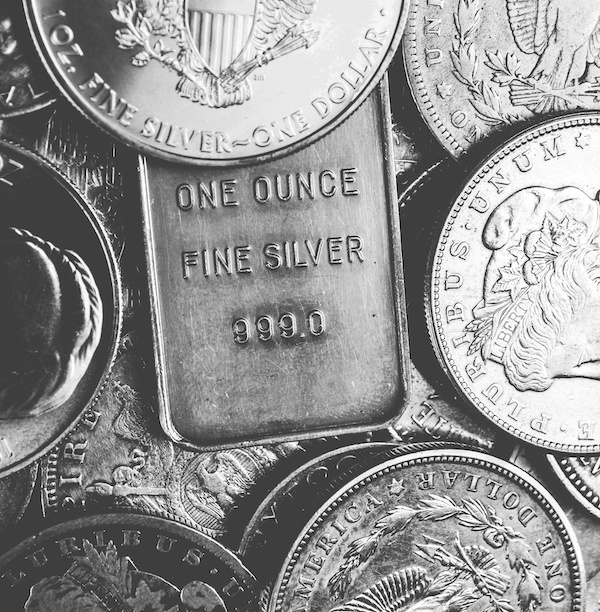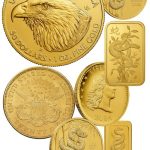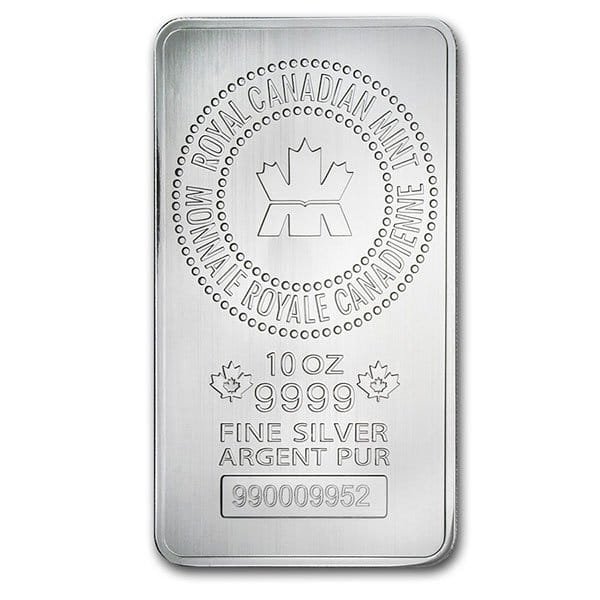For many investors, having a few hundred ounces of silver or a few ounces of gold at home provides an additional level of financial security beyond traditional investments like stocks and bonds. New investors often have questions about storing precious at home. While storing silver bullion at home in very common and gives you immediate access, it does comes with risks such as theft or loss in a disaster.
A home alarm system may deter burglars and surveillance cameras can add a layer of security. But the most basic way to avoid the possibility of theft is to keep your investment confidential. Loose lips sink ships, as they say.
With porch pirates and package thefts on the rise, some investors choose to have their packages delivered to an alternate address, such as a work address or a PO Box.
Most reputable online bullion dealers will ship packages with return address information left blank beyond a PO Box or street address. Some may obfuscate the originator of the package as a precious metals dealer to make it less likely that a theft may occur during shipping.
For most investors, you don’t need to dedicate much space at home for storing precious metals, but for some, it’s important to consider the different space requirements needed for typical bullion items.
- A typical monster box that holds 500 troy ounces is roughly the size of a shoe box.
- A private mint 10 oz silver is similar in size to a deck of playing cards.
- A tube of 1 oz silver rounds is roughly 1.75 x 1.75 x 3 inches.
- A few ounces of gold bars in assay cards can easily be stashed in a nightstand drawer or alongside other important personal items.
- Most fractional gold coins, like 20 francs, have similar dimensions as modern clad coins and can be stored in plastic tubes that are available from Amazon and other retailers.
Some investors keep their precious metals in a safe, stored alongside firearms and other valuables. Beyond silver tarnishing as it’s exposed to air, precious metals are noble metals. They are not typically effected by the environment in which they are stored. Silver and gold coins that have been discovered on shipwrecks that have survived hundreds of years under the sea with minimal indications of damage.
When storing silver at home, you should pick an area of your home that has low air exposure to help reduce the amount of tarnish that can form. Also keep in mind that some everyday household items like rubber bands are made with sulfur and can accelerate tarnish. If you chose to store your silver coins in plastic flips, be sure to choose a brand that is made from mylar and is free of PVC.
Think of unconventional locations to store silver, like a hidden compartment or behind a false wall. Some investors go as far as installing a decoy safe in an obvious location to distract a thief looking for a quick grab. Even throwing in some modern coins and scrap metal to give the would-be thief the impression that there are valuables inside.
A diversion safe is also a common tactic for keeping a stash of precious metals discrete by resembling everyday household products, such as soda cans, cleaning products, or food containers. When placed among genuine products in a pantry or cupboard, they are virtually indistinguishable from the real thing and can be effective in deterring casual burglars who are in a hurry.
A classic example is the “book safe.” From the outside, it looks like an ordinary hardcover book. But when opened, a hollowed-out compartment is revealed inside. Some are designed to look like standard electrical outlets, but can be removed from the wall to reveal a hidden compartment. Items like wall clocks, picture frames and even pieces of furniture are built with hidden compartments designed to hold valuables.
Investing in a High-Quality Safe
When installed properly in a discrete location a good, high quality safe can be a decent deterrent against theft.
When shopping for a safe to store silver and gold bullion, it is important to look for one that has a TL rating. A TL rating, also referred to as a “Tool Rating”, refers to the amount of time that a safe should be able to withstand an advanced criminal attack. The rating was developed by Underwriters Laboratories (UL), a third-party certification company that has been around for over a century. The TL rating is accompanied by a numerical value, which indicates the number of minutes the safe can withstand a break-in attempt using basic tools. For example, a safe with a TL-15 rating offers protection against a break-in attempt using common hand tools for up to 15 minutes.
Fire Ratings are separate from a TL rating and deal with the amount of time and temperature that a safe or home vault can endure protecting the contents inside. Fire ratings are typically provided by either Underwriter Laboratories or Intertek.
The products are put through a battery of tests to ensure that the interior contents remain at a reasonably safe temperature while being exposed to extreme temperatures. Some fire-resistant safes also offer protection against water. This isn’t a direct component of the fire rating, but it’s a related and can be valuable feature.
If considering the purchase of a safe, be sure to choose a location where it can properly bolted in a secure and discrete location. Remember that no safe is entirely “fireproof”; they are “fire-resistant” for specific durations under certain conditions.
